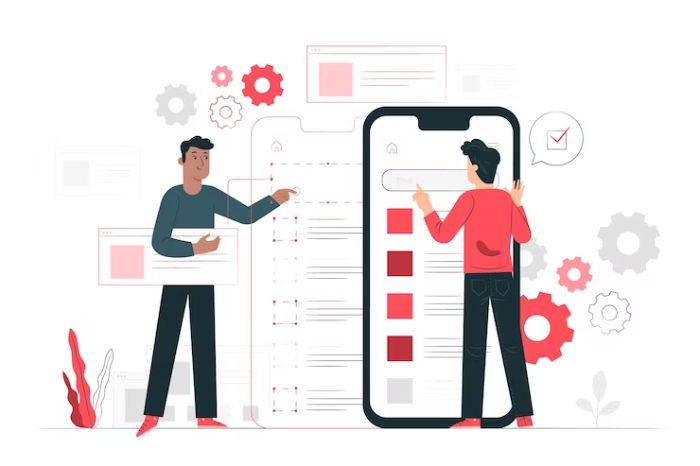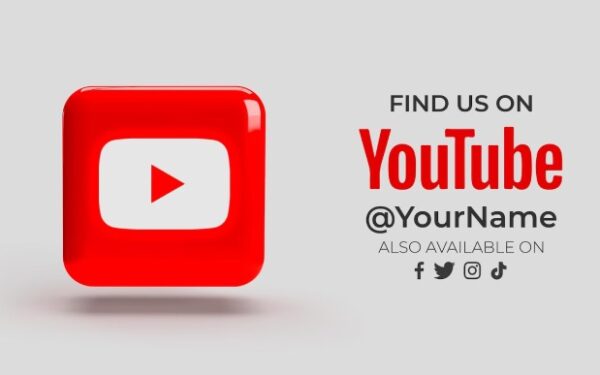Essential Features of a Presentation App

The best presentation software offers an easily accessible interface for all users. It should also include an intuitive editor with features to facilitate the creation of a powerful presentation.
In the era of digital communication, traditional presentations have undergone a transformative evolution with the advent of presentation apps. These powerful tools have redefined how information is conveyed, engaging audiences in dynamic and interactive ways. From boardrooms to classrooms, the impact of presentation apps is pervasive, unlocking new possibilities for effective communication.
Easily Accessible Interface
A presentation app should be easy to use and intuitive at first glance. It should have a manageable amount of necessary elements that confuse users and slow the presentation creation process. Additionally, it should support the latest web standards and provide options for people who cannot use a mouse or touch screen.
Accessibility features such as video captions, legible fonts, and high-contrast colors can make your product more user-friendly. These features can also help individuals with vision disabilities and color blindness.
Choosing a presentation software that offers multiple file formats is essential. Additionally, the app should allow users to collaborate with teammates on any device. This feature can save time and produce better results than a one-person project.
Customizable Layouts
Using a presentation app with customizable layouts helps users make their presentations more engaging and aesthetically pleasing. Many of these apps offer various templates to suit any business or project. Users can customize colors, fonts, and layouts to create a unique look. In addition, these apps support brand aesthetics so that company logos and color palettes can be incorporated into the overall style theme.
With presentation software, creating a slideshow that will help communicate ideas visually appealingly is easy. Unlike traditional presentations, which are characterized by text-heavy slides, presentation software provides an opportunity to illustrate essential points through visual cues and HD images. This can increase audience engagement and help presenters better convey their ideas to their audience.
Some popular presentation apps feature custom layouts based on popular styles and themes.
Presentation apps, like the Playlister app, empower users to move beyond static slides filled with bullet points. They facilitate dynamic visual storytelling through features like seamless transitions, captivating animations, and multimedia integration. By leveraging these elements, presenters can captivate their audience’s attention and convey complex ideas compellingly and memorably.
Interactive Features
A presentation app incorporating interactive features can help you engage with your audience and convey your message more effectively. These apps can bring your slides to life through animations, HD images, and text editors. However, they should be carefully planned and tested before showtime to avoid technical glitches during the presentation. Additionally, ensure that all interactive elements serve a purpose and align with your message.
Interactive presentation software allows you to gather feedback from your audience through real-time engagement tools, like polls and surveys. This data can help you understand what your audience cares about and improve your content for future presentations. It also helps you track the number of views, which can be crucial in calculating conversion rates.
Another benefit of interactive presentation apps is their flexibility. Some even let you create a presentation with multiple collaborators simultaneously. The ability to edit your slides immediately can save time and help you deliver a better presentation.
The best presentation apps allow you to convert prospects into customers by capturing their information.
Data Visualization
Data visualization features help people to see and understand data. They make complex information more understandable and help people communicate insights. They are helpful for various business purposes, including monitoring upscale systems and remote services. They also enable companies to make well-informed decisions and optimize their operations.
Some of the best presentation apps have built-in support for data visualization.
The days of one-way communication during presentations are behind us. Presentation apps introduce interactive features that enable real-time engagement with the audience. Polls, quizzes, and audience participation tools turn passive listeners into active contributors, fostering a more collaborative and participatory environment.
Tools integrated seamlessly into presentations allow presenters to gauge audience understanding, collect feedback, and tailor the presentation in response to real-time input. This interactivity enhances engagement and creates a more inclusive and dynamic communication flow.
Collaboration is at the core of many presentation apps, allowing multiple contributors to work on a presentation simultaneously. Whether teams collaborate in real-time or asynchronously, cloud storage and version history ensure a seamless and efficient collaborative process.
Presentation apps have become indispensable tools for individuals and organizations seeking to improve communication strategies. From transforming static presentations into dynamic visual experiences to fostering interactive engagement and seamless collaboration, these apps reshape how information is shared.
As technology advances, presentation apps will evolve further, incorporating innovative features and enhancing user experiences. Whether in the corporate boardroom, the classroom, or virtual meeting rooms, the impact of presentation apps extends far beyond traditional slideshows, offering a dynamic and engaging way to communicate ideas and connect with audiences worldwide. Embracing these tools is not just a technological choice; it’s a strategic decision to deliver impactful and memorable presentations in the digital age.





